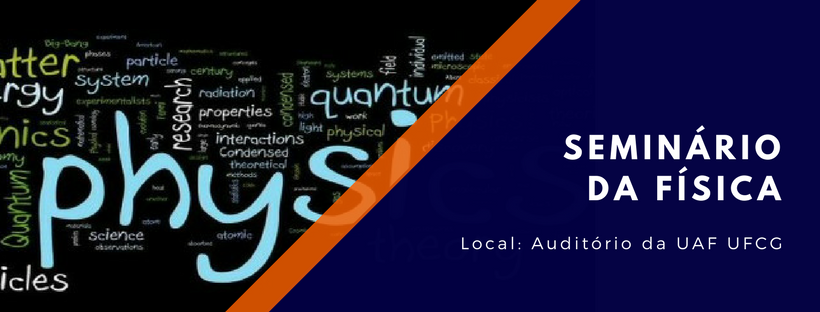Seminário da Física 16/06/2020
Palestrante: Dr. Mani Sivakandan - Nagoya University - Japan.
Terça 16/06 às 09 horas via Google Meet
During the post sunset hours, large depletions in the electron density are observed over the geomagnetic equatorial ionosphere and extends to the low-latitudes. These structures are called as EPBs or Spread-F. EPBs are aligned parallel to the geomagnetic filed lines and drift toward east (mostly) or west (rarely). These structures are commonly referred as ionospheric irregularities and have adverse effect on the satellite based navigation communication systems. Similarly, in the mid-latitude ionosphere north-west to south-east aligned phase front structures moving south westward are called MSTIDs. Recent investigations suggests that nighttime electrified MSTIDs are one of the prime source for the generation of midnight EPBs during summer in lower solar activity. The present talk focuses on the gravity waves in the MLT region and their plausible role on the generation of EPB and MSTIDs through coupling processes. This talk is intended to lend an insight into these phenomena.
Entrar com o Google Meet: https://meet.google.com/awr-rjov-zbo
Segunda Palestra
Título: Lurking singularities in black holes.
Palestrante: Diego Rubiera - Universidade Complutense de Madri - Espanha
Terça 16/06 às 16 horas via Google Meet
Resumo: Nesse seminário o professor Diego Rubiera comentará sobre suas recentes áreas de interesse e resultados explorando algumas extensões teóricas da família de extensões provenientes das soluções da Relatividade Geral de Einstein. Seu grupo de pesquisa na UCM-Espanha alia os resultados teóricos com observações e vem obtendo entendimentos peculiares sobre os buracos negros.
Entrar com o Google Meet: https://meet.google.com/dys-zako-cwy
Os alunos presentes poderão requerer certificados de participação.
Mais informações pelo e-mail: O endereço de e-mail address está sendo protegido de spambots. Você precisa ativar o JavaScript enabled para vê-lo.


Redes Sociais